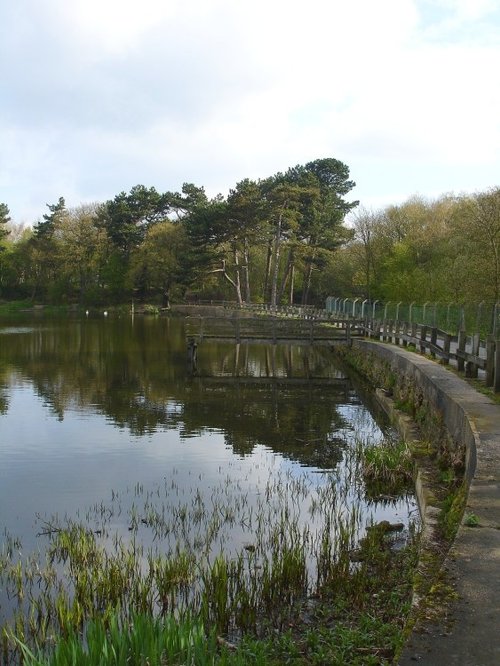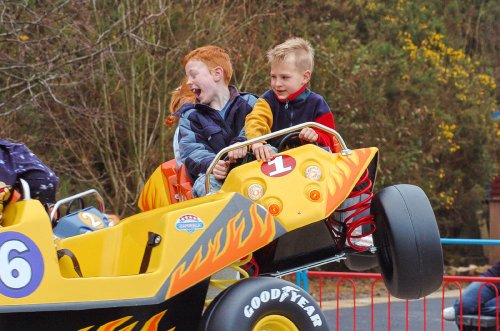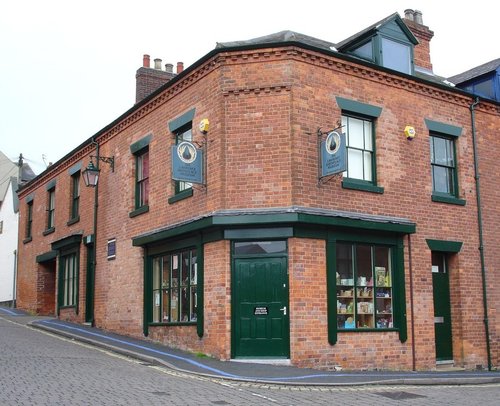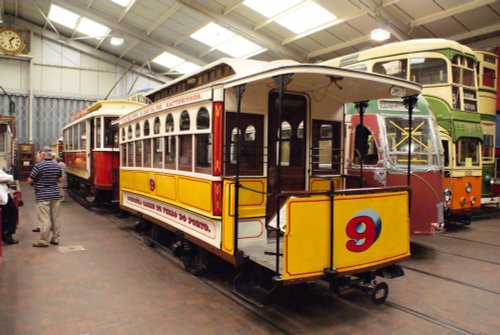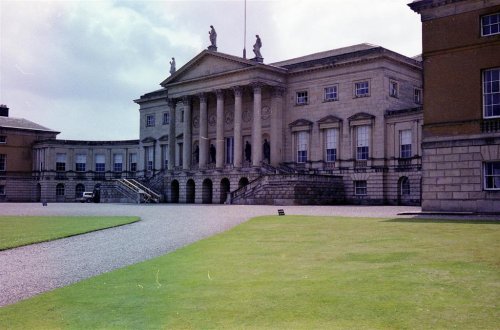Pictures of Denby
About Denby
Denby is famous for its beautiful decorative Stoneware pottery which has been exported all over the world.
It is a village a few miles to the north of Derby, it was mentioned in the Doomsday Book and has a church which dates from around 1135. This is an attractive church building with a lofty spire, it sits serenely in a churchyard surrounded by scattered graves, and earlier tombs.
The village was strictly rural with agriculture being the mainstay of the economy for several hundred years. Expansion and more growth came in the early part of the 19th century with the discovery of coal and clay. Most of the land belonged to the Drury-Lowe family of Locko Park, Spondon. This family also owned most of the collieries, and are well known as benefactors of the local parish church. This is the Church of the Virgin Mary, a delightful church building with a 14th century tower and spire. Inside the calm interior there is a 17th century alter-table. The church is where heroic Sir Drury Drury-Lowe is buried, he is best remembered for his daring leadership of a moonlight cavalry charge of 1882, which saved Cairo from destruction during the Egyptian War. He also fought at Sebastopol and saw the closing scenes of the Indian Mutiny.
Joseph Bourne started the famous Denby Pottery in 1809, Bourne was a shrewd business man as well as an excellent potter, he quickly recognised the demand for Stoneware pots and bottles and by 1832 his Pottery had become the biggest exporter of such items in Britain. Denby ware is still in huge demand today, the Pottery which lies just outside the village is a major employer of the locality and much of its production is exported abroad. Visitors to the factory can enjoy tours and make purchases from the visitors centre. Much credit goes to Joseph Bourne for he is largely responsible for putting Denby on the tourist trail, attracting around 300,000 visitors a year!
Visitors will note Breach Cottage a building of 1678 which was used as a Quakers Meeting House until 1874, it is where 200 Quaker members are buried.
John Flamstead the first Astronomer Royal was born in Denby, so too was Benjamin Outram, railway engineer famous for building the railway line from Smithy House to Little Eaton. This was used for the transportation of coal by horse-drawn trucks to the canal wharf.
Much excitement was caused here early in the 20th century when Tarmacadum was accidentally formulated. This single discovery revolutionized road building, thus giving Denby another claim to fame.
Denby can be found close to Belper, Kilburn and Heanor, it is around 8 miles north from Derby.
